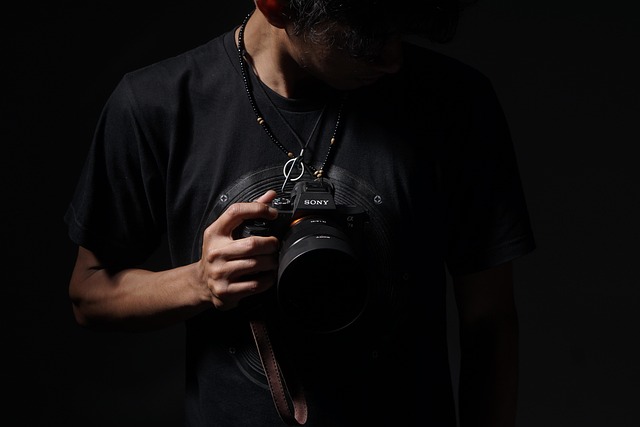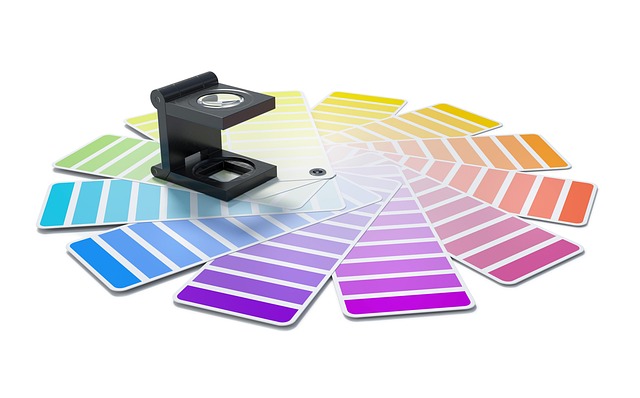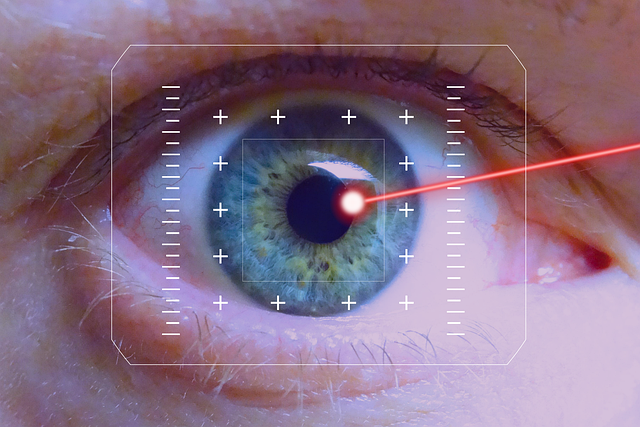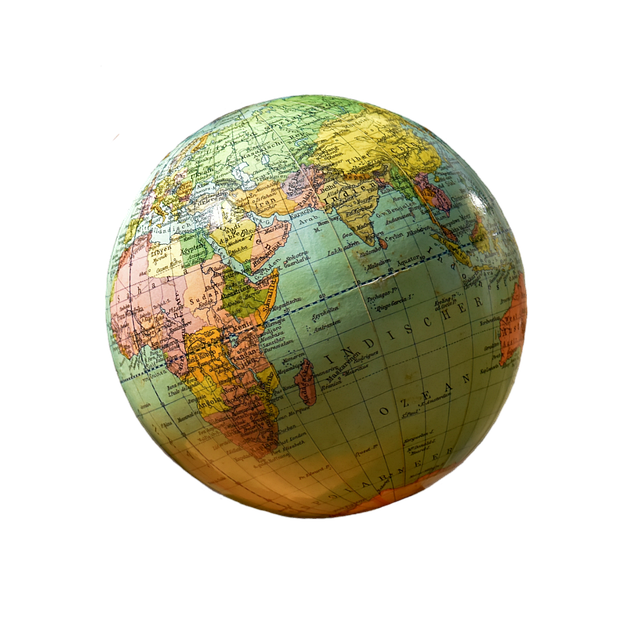Capturing Life’s Reflections: A Photographer’s Perspective
As a photographer, I have always been fascinated by the concept of reflection. Not just in the physical sense of seeing our image mirrored in glassy waters or polished surfaces, but also as a metaphor for understanding life itself. Each click of the shutter serves as a reminder of the world around us, urging us to take a moment and look deeper.
The Power of Reflection in Photography
In both nature and urban settings, reflections create stunning visuals that provoke thought and emotion. Consider a tranquil lake at dawn—the water perfectly mirroring the sunrise, every hue bursting vibrantly through the surface. This scene isn’t just an aesthetic delight; it represents tranquility and promise. It encourages us to pause, to reflect on the beauty of dawn, and perhaps even our own beginnings each day.
Finding Meaning in Reflections
Every photograph we take holds a story, an echo of a moment in time, reflecting our experiences and emotions. This is where the true magic lies. Each reflection is not merely about capturing what is seen, but also about revealing feelings—perhaps nostalgia, hope, or a longing for solitude. It’s the play of light and shadow that brings these emotions to life, allowing the viewer to partake in the moment.
Technical Aspects of Capturing Reflections
From a technical standpoint, capturing reflections can be a nuanced task. The key lies in understanding the balance of light. Early morning or late afternoon can provide the best opportunities due to the soft golden light, enhancing the colors in the reflections while reducing harsh contrasts. The composition is equally essential; placing reflections along leading lines can draw the viewer’s eye deeper into the picture, inviting them to engage with the story being told.
Personal Experiences with Reflection
One of my favorite techniques is seeking out unexpected reflections. I remember stumbling upon an old, weathered window in an abandoned building. The grime obscured the view, yet the reflections of the trees outside added a captivating layer. It felt like a dialogue between the past and the present, urging us to reflect on what remains. Such moments underscore my belief that reflection is not just a visual tool; it’s also a powerful narrative device.
The Emotional Connection
Ultimately, reflection in photography serves as a bridge to our emotions and memories. Each image captured can evoke a mood or remind us of a fleeting moment, inviting us to savor life’s experiences. As photographers, our mission extends beyond mere documentation; we are tasked with immortalizing the poignancy of existence, allowing others to connect with their own feelings.
So, as you venture out with your camera, I encourage you to consider the reflections around you—not just the physical ones, but those that resonate on a deeper level, inviting you to explore your thoughts, feelings, and experiences. Happy shooting!




